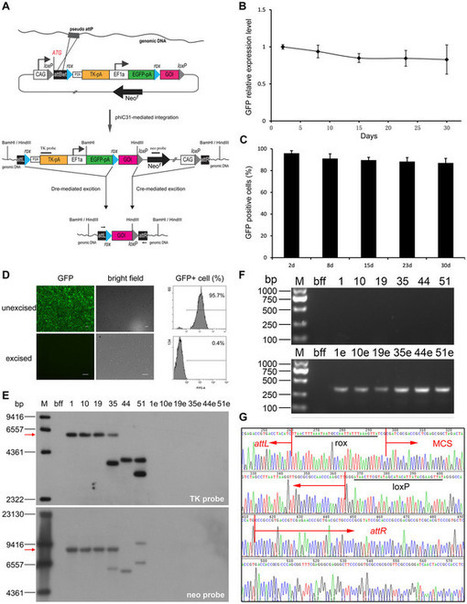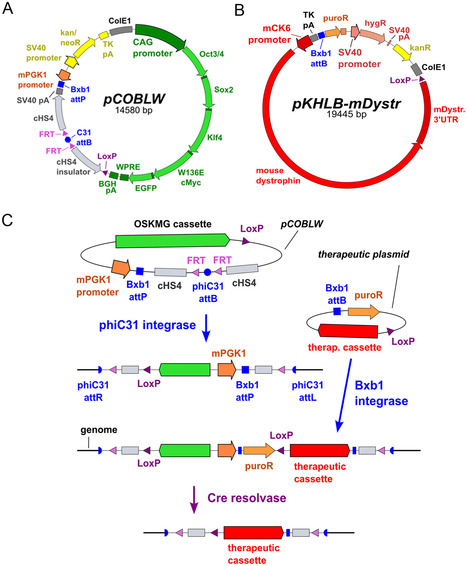Research and publish the best content.
Get Started for FREE
Sign up with Facebook Sign up with X
I don't have a Facebook or a X account
Already have an account: Login
 Your new post is loading... Your new post is loading...
 Your new post is loading... Your new post is loading...
|
|















In this study two strategies were used to increase the precise genetic modification in rats. Scr7, a DNA ligase IV inhibitor, first identified as an anti-cancer compound, and considered as a potential NHEJ inhibitor, was used to increase the HR-mediated precise genetic modification. Meanwhile, the Cas9 protein instead of mRNA was used to save the mRNA to protein translation step to improve the precise modification efficiency. The Fabp2 and Dbndd1 loci were selected to knockin Cre and CreERT2, respectively. These results showed that both Scr7 and Cas9 protein can increase the precise modification.